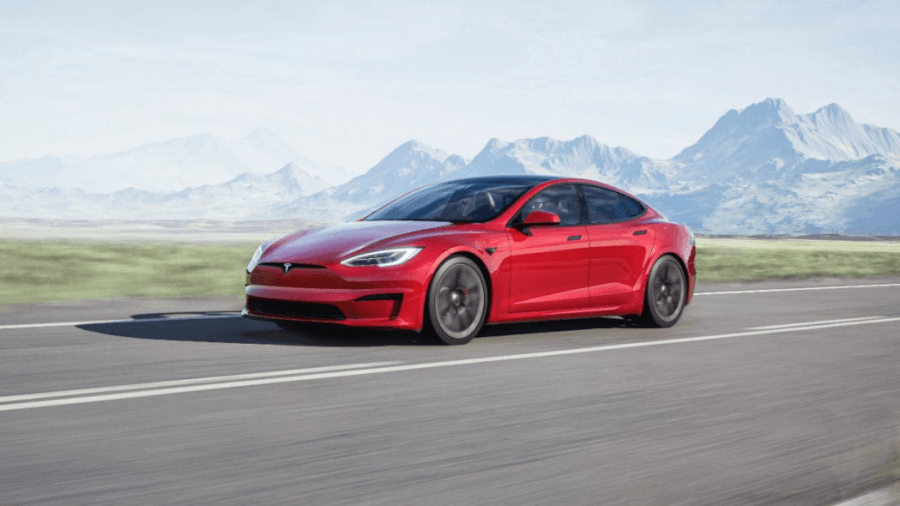There are many myths that batteries need to be replaced over time because they will be too degraded. Tesla, in the release of its annual environmental report, has revealed how many kilometers it takes to lose 10% of its original battery capacity.
One of the biggest concerns for new electric car buyers is the deteriorating condition of the battery, which reduces the potential for a single charge over time. It is also an important aspect of making an electric car more desirable. The longer the battery lasts, the longer it can retain the value of the car and the longer it will protect itself from circulating until will end up in recycling.
There is the most data on the performance of Tesla batteries, as there is the greatest interest in this manufacturer’s cars. The company itself occasionally reports on the performance of its batteries. This time, together with an environmental impact assessment for 2020, Tesla has shared data on the degradation of Model S and Model X batteries in relation to distance traveled.
The data shows that after 200,000 miles or 320,000 km, the battery still has 90% of its original capacity. It should be noted that the degradation is faster in the first 160’00 km than in the following ones.
Tesla batteries are designed to survive the vehicle. We estimate that the average vehicle is scrapped after about 320,000 kilometers of use in the United States and about 240,000 kilometers in Europe.
Tesla will have an environmental impact report for 2020
Data refer to Model S a Model X, which has been in production for much longer, but Tesla claims that the Model 3 batteries are designed for 500,000 miles (800,000 km) and the carmaker wants the next generation of batteries to last 1 million miles (1,600,000 km) .
In this report, Tesla also mentions that 100% recycled from their used / damaged batteries, from which 92% of materials are recovered.
Charged opinion
With such degradation, it is really necessary to think about how to better use batteries after the life of the car. The obvious solution is stationary energy storage systems, but could just as well be used in the production of new machines even without recycling in the middle.
Another thing to note is that larger batteries degrade less because they experience less load. This is especially important when choosing a used electric car. Of course, who buys Tesla to drive it gently?!


:strip_icc():format(jpeg)/kly-media-production/medias/3539164/original/061560200_1628831504-Mi_Pad_5_Pro.jpg)